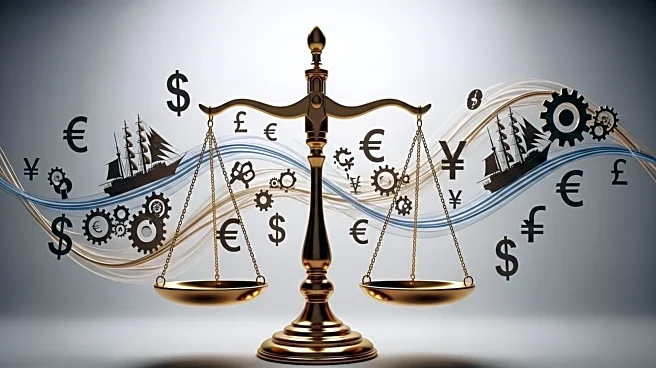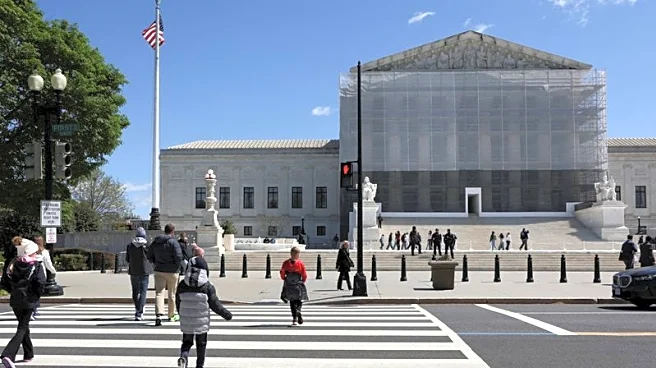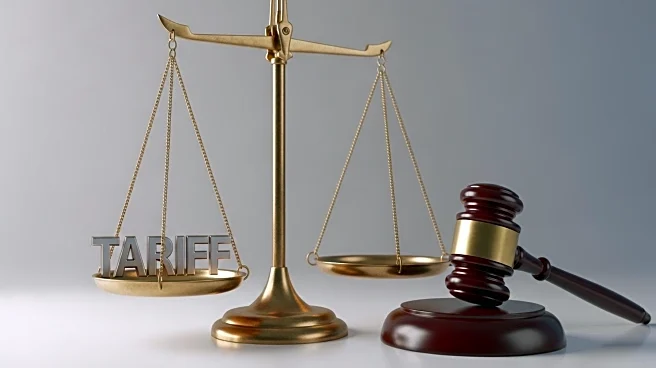What is the story about?
What's Happening?
The U.S. Supreme Court is set to decide on the legality of President Trump's 2025 tariffs, which were imposed under the International Emergency Economic Powers Act (IEEPA). The Federal Circuit previously ruled that IEEPA does not authorize broad tariff authority, challenging the administration's ability to impose tariffs on countries like China, Canada, and Mexico. This legal uncertainty has disrupted trade negotiations and affected global markets, as investors adjust their strategies in anticipation of the court's decision.
Why It's Important?
The Supreme Court's ruling will have significant implications for U.S. trade policy and the balance of power between Congress and the executive branch. A decision against the administration could invalidate existing tariffs and reaffirm congressional control over trade policy. Conversely, a ruling in favor of the administration could embolden future presidents to use emergency powers for trade leverage. The outcome will also impact various economic sectors, with consumer cyclical industries facing elevated costs and basic materials sectors experiencing mixed fortunes due to retaliatory tariffs.
What's Next?
The Supreme Court's decision, expected by summer 2026, will shape the future of U.S. trade policy. If the tariffs are struck down, the administration may need to pursue more targeted levies under Section 232. A ruling in favor of executive authority could normalize high tariffs as a tool of foreign policy, affecting global trade flows. Investors will need to remain agile, prioritizing flexibility and long-term resilience in their strategies.
AI Generated Content
Do you find this article useful?















